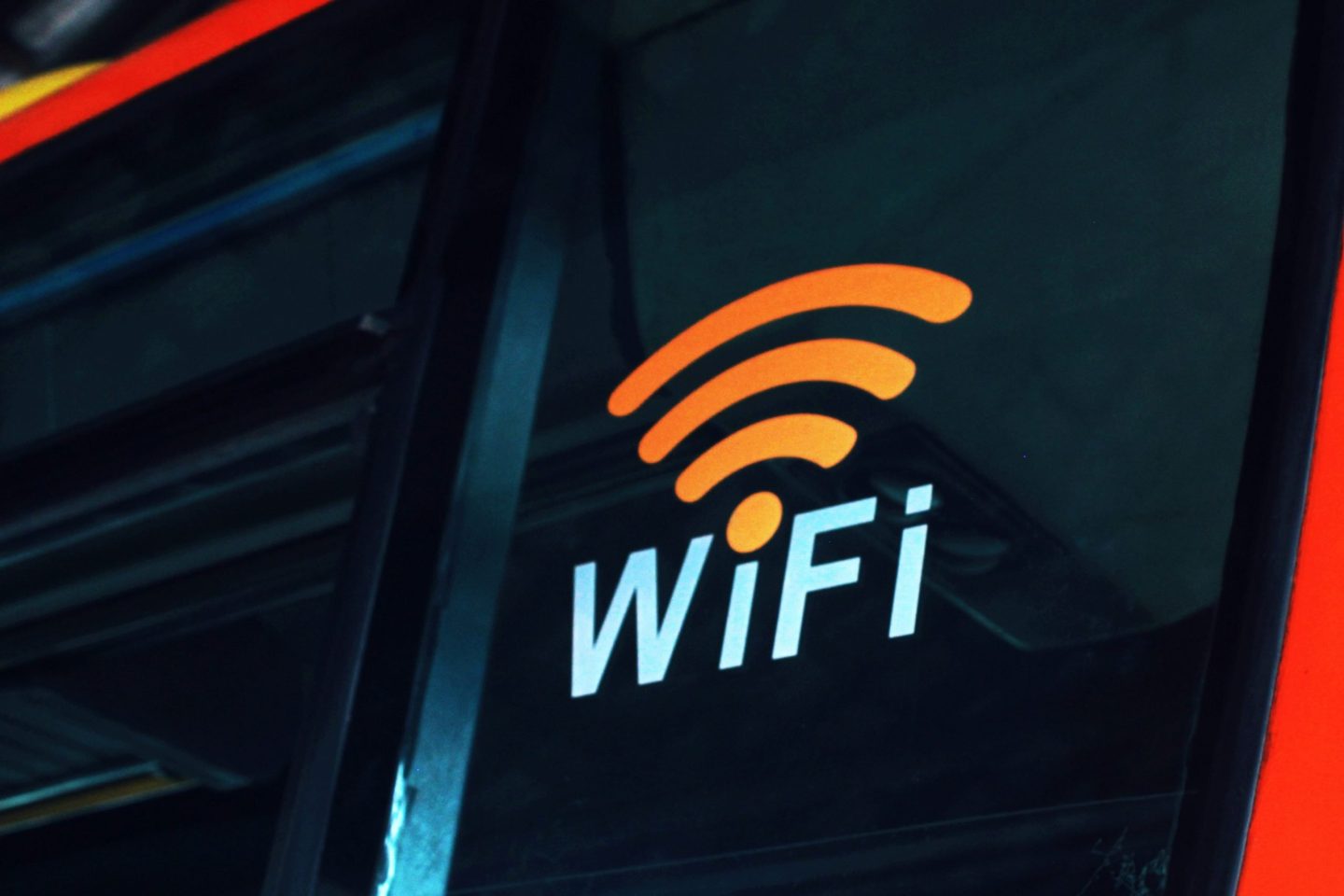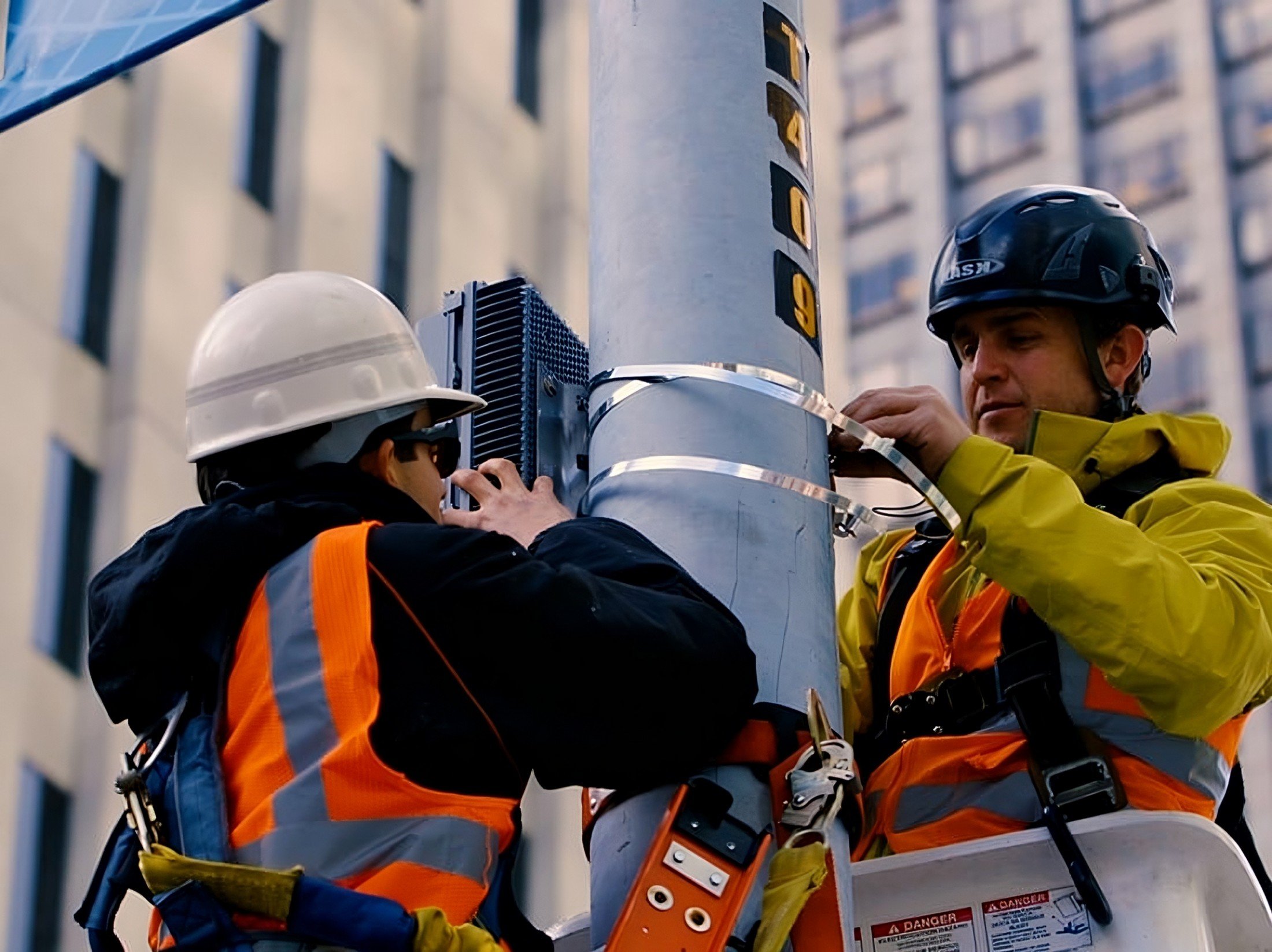The GSMA suggests future 6G mobile networks providing connectivity for smart cities, logistics, and remote workforces face a spectrum crunch.
According to the GSMA, cities housing over 50 percent of the global urban population will face capacity constraints by 2030 if mid-band spectrum availability remains static. This projection places the connectivity discussion squarely on the desks of enterprise leaders making future preparations.
The transition to 6G represents a structural change in how data is transmitted and consumed. With 6G deployments expected to commence around 2030, the industry is identifying requirements now to prevent congestion that could stifle economic output.
GSMA forecasts the mobile traffic demand trajectory
Understanding the urgency requires looking beyond simple subscriber numbers to the nature of consumption. While 5G migration continues to drive near-term growth of 15-20 percent annually, the long-term pressure comes from a change in user behaviour and application requirements.
Currently, a ‘power user’ minority – approximately 10 percent of mobile subscribers – generates 60-70 percent of total network traffic. As younger generations mature and enterprise applications become more data-intensive, these consumption patterns are expected to normalise across the wider user base.
By 2040, GSMA Intelligence forecasts that 6G will account for more than five billion connections, representing around half of all mobile connections globally. Global mobile data demand could reach 1,700 exabytes per month in a conservative scenario, or nearly 4,000 exabytes in a high-growth scenario driven by widespread adoption of extended reality (XR) and AI integration, and sufficient spectrum will be vital for 6G networks.
For enterprise decision-makers, the specific nature of this traffic is vital. Unlike the download-heavy video streaming that characterises current consumer usage, future enterprise use cases will place unprecedented strain on uplink capacity.
Generative AI video applications, real-time machine vision for autonomous logistics, and holographic communications will require two-way data flows. In high-growth scenarios, uplink traffic could account for 35 percent of total network load by 2040, necessitating a structural rethink of network symmetry.
A key insight for operational planning is that spectrum shortages are not evenly distributed; they are hyper-localised issues that will impact major economic hubs first.
The analysis indicates that spectrum needs are driven by peak-hour demand in the most congested locations. Traffic density in dense urban environments is typically nine times greater than in standard urban areas, and nearly 700 times greater than in rural locations. A sample analysis of 10 countries revealed that 83 percent of traffic is concentrated in urban areas comprising just five percent of the geographic landmass.
This creates a specific risk profile for businesses with operations in high-density metropolitan centres. Without additional spectrum resources, these areas will experience service degradation even with modest annual traffic growth.
For a logistics company relying on real-time fleet telemetry or a financial institution managing high-frequency trading infrastructure, network congestion in these specific zones translates directly to operational risk.
6G spectrum gap, the 2 GHz target, and technical evolution
To mitigate these risks, the mobile industry is targeting a substantial increase in mid-band spectrum (i.e. frequencies between 1 GHz and 10 GHz that offer a balance of coverage and capacity) for 6G mobile networks.
John Giusti, Chief Regulatory Officer at the GSMA, said: “This study shows that the 6G era will require three times more mid-band spectrum than is available today. Satisfying these spectrum requirements will support robust and sustainable connectivity, deliver digital ambitions, and help economies grow.”
The modelling suggests that a global average of 2-3 GHz of total mid-band spectrum will be required in urban areas during the 2035-2040 period. In countries with higher demand, this requirement rises to 2.5-4 GHz. Given that most markets currently have assigned approximately 1 GHz of mid-band spectrum to mobile services, this necessitates a further 1-3 GHz of bandwidth.
The practical timeline is tighter than the 2040 horizon suggests. To avoid congestion when 6G mobile networks launch, regulators must ensure that 2 GHz of mid-band spectrum is available by 2030. The primary candidate bands for this expansion include the 3.8-4.2 GHz range, the 4.4-4.99 GHz range, and the upper 6 GHz band (6.425-7.125 GHz). Looking further ahead, the 7.125-8.4 GHz range is being considered to support the peak of the 6G era.
Spectrum allocation is only one side of the capacity equation; network efficiency is the other. Operators are expected to deploy increasingly sophisticated technologies to squeeze more capacity out of existing airwaves.
The integration of AI into the Radio Access Network (AI-RAN) is projected to improve spectral efficiency by 10-20 percent. Furthermore, the eventual deployment of 6G in upper 6 GHz and 7-8 GHz bands could offer additional efficiency gains over current 3.5 GHz deployments due to advanced Massive MIMO (Multiple Input Multiple Output) and beamforming technologies.
However, technology alone cannot bridge the gap. The report assumes that Multi-RAT Spectrum Sharing (MRSS) will be enabled by 2040, allowing operators to run 4G, 5G, and 6G mobile networks concurrently in the same bands. This approach is more efficient than static partitioning but still requires sufficient total bandwidth to function effectively. Even with aggressive network densification by reducing inter-site distances to between 200-800 metres in dense urban zones, the physical limits of the current spectrum portfolio will be reached.
Millimetre wave (mmWave) bands will play a supporting role, potentially handling 5-10 percent of dense urban traffic. However, due to poor propagation characteristics, mmWave cannot serve as the primary layer for citywide coverage and so its utility will be restricted to localised high-capacity environments like stadiums or smart factories.
Navigating infrastructure volatility on the road to 6G mobile networks
For enterprise leaders, the ‘Vision 2040’ report serves as an early indicator of infrastructure volatility. While 6G promises to support advanced technologies like high-resolution network sensing and digital twins, the underlying capacity to support these innovations is not guaranteed.
The varying regional outlooks also necessitate a nuanced approach to international operations. High-demand markets such as China, North America, and the GCC states are expected to see 6G penetration rates exceeding 100 percent by 2040. In contrast, adoption in regions like Latin America and Sub-Saharan Africa will be slower, meaning enterprises operating globally must maintain hybrid technology strategies that account for 4G, 5G, and 6G coexistence for decades.
Execs should treat the availability of the upper 6 GHz band as a bellwether for future network performance. Markets that fail to assign this spectrum to mobile services by 2030 face a higher probability of network congestion. In the interim, organisations with operations in ultra-dense urban centres should audit their connectivity dependence and plan for heavy uplink demands driven by AI and XR, and consider private networks or Wi-Fi offload to mitigate public network constraints.
The road to 6G networks is paved with spectrum; without it, the next generation of connectivity risks having too few lanes for the mobile traffic demands of the future.
See also: AT&T upgrades network using 5G spectrum from EchoStar
Want to learn about the IoT from industry leaders? Check out IoT Tech Expo taking place in Amsterdam, California, and London. The comprehensive event is part of TechEx and is co-located with other leading technology events. Click here for more information.
Telecoms is powered by TechForge Media. Explore other upcoming enterprise technology events and webinars here.
👇Follow more 👇
👉 bdphone.com
👉 ultractivation.com
👉 trainingreferral.com
👉 shaplafood.com
👉 bangladeshi.help
👉 www.forexdhaka.com
👉 uncommunication.com
👉 ultra-sim.com
👉 forexdhaka.com
👉 ultrafxfund.com
👉 bdphoneonline.com
👉 dailyadvice.us




